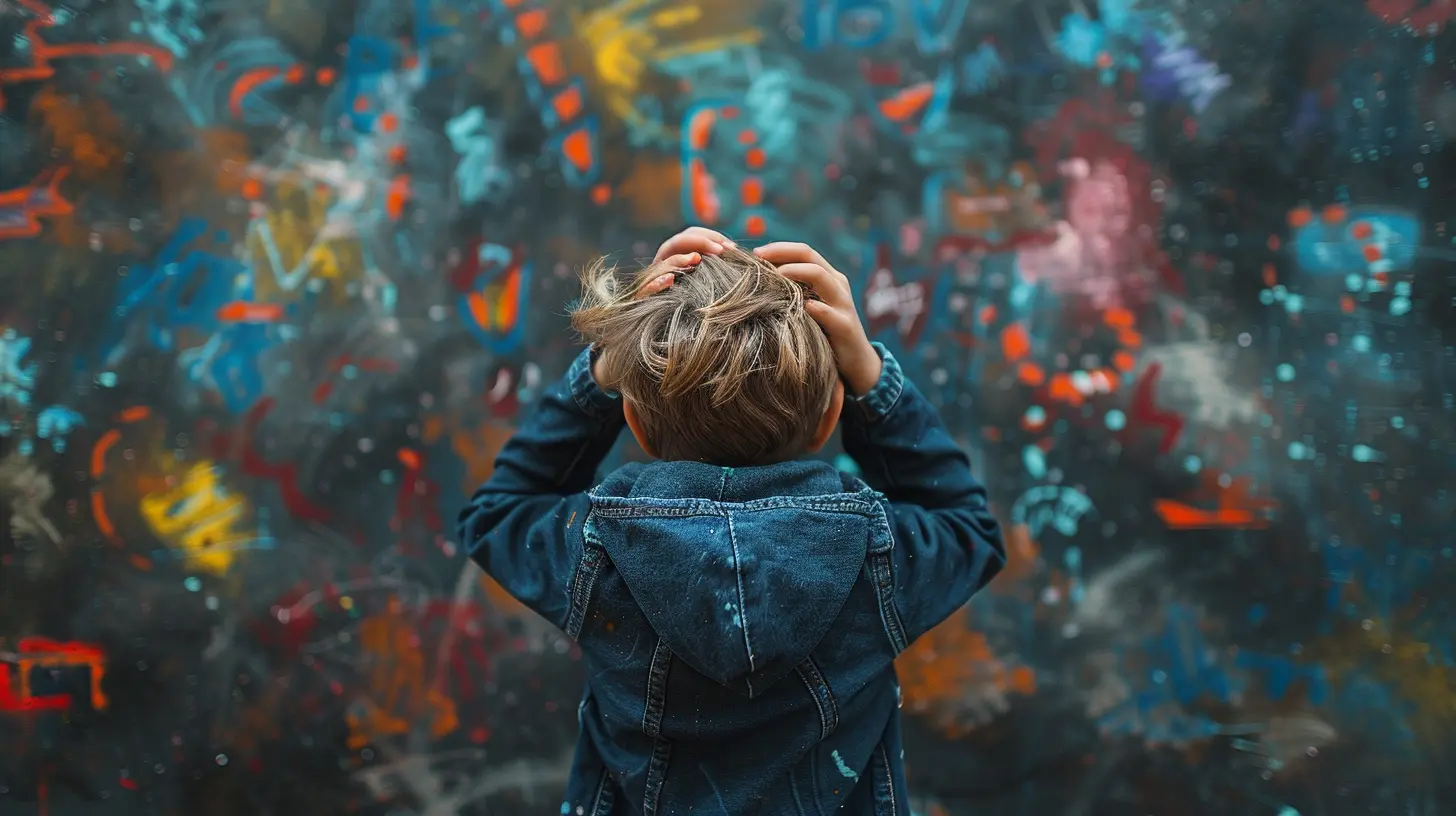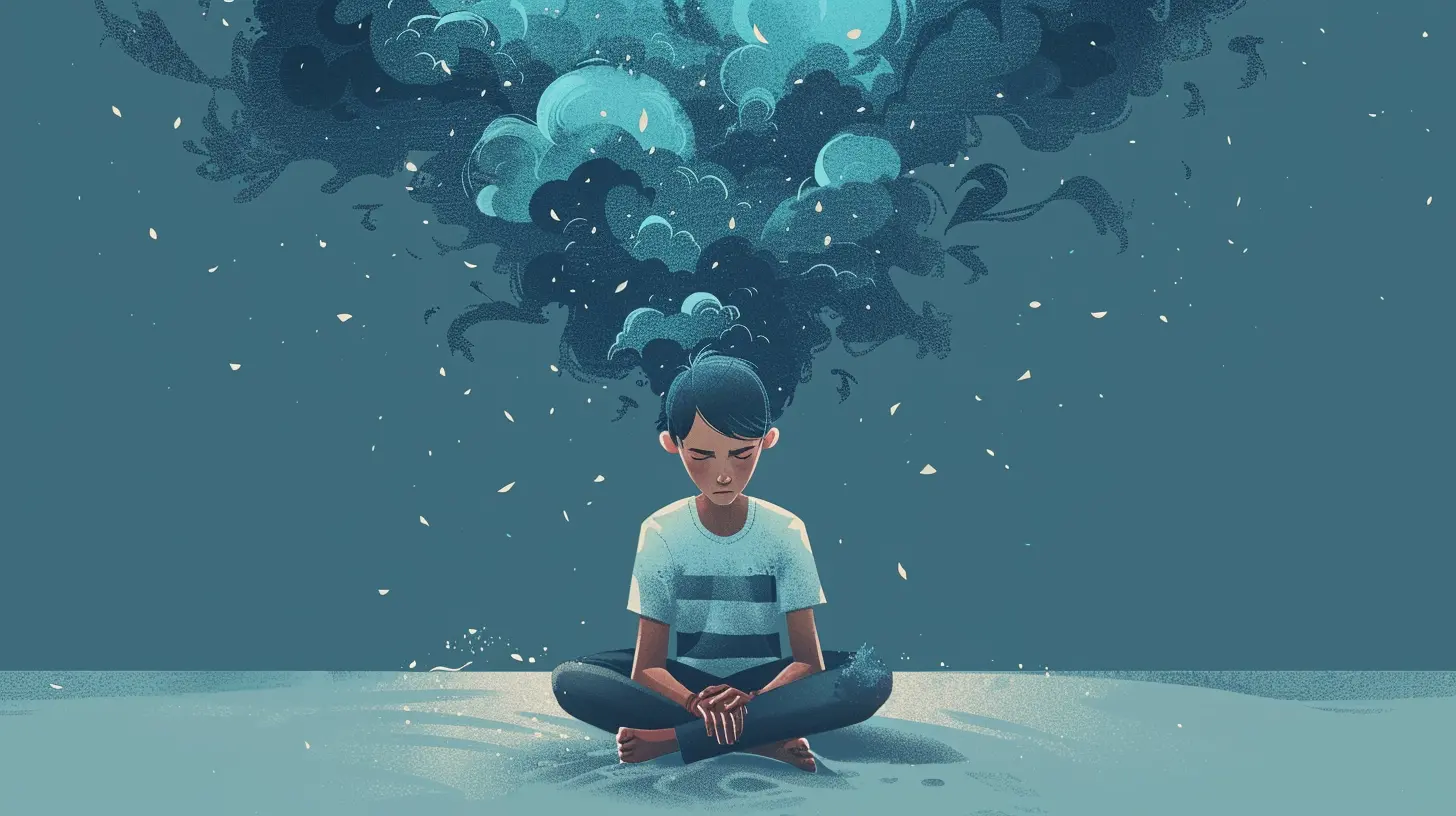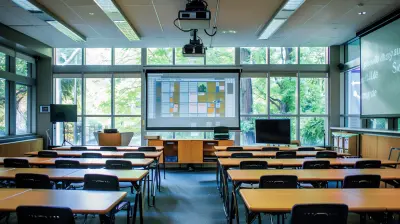The Effects of Trauma on Learning and How Teachers Can Help
13 August 2025
Let’s face it—school isn’t just about books, homework, and grades. It’s about the whole child. And sometimes, behind a student’s silent gaze or sudden outburst, there’s a deeper story. One that’s built on fear, loss, or painful life experiences. Yep, we’re talking about trauma, and it’s more common in classrooms than we’d like to admit.
Teachers aren’t therapists, but they’re on the front lines every single day. So, how does trauma affect learning? And more importantly—how can educators genuinely help?
Let’s dive into it.
What Is Trauma, Really?
We usually think of trauma as big events—things like abuse, violence, natural disasters, or losing a loved one. But trauma isn’t just about one moment. It’s about how the brain and body respond to overwhelming stress.Trauma can be:
- Acute (a one-time event like a car accident),
- Chronic (ongoing issues like neglect or domestic violence), or
- Complex (multiple traumatic experiences over time).
What counts as traumatic can vary from person to person. What shakes one student to their core might not even phase another. It’s all about perception—and that’s what makes this topic so tricky.
How Trauma Shows Up in the Classroom
If you’re a teacher, you’ve likely seen this before: A student struggles to focus, lashes out at peers, or shuts down completely. While it’s easy to chalk it up to behavior problems or laziness, trauma might be hiding underneath.Here’s how trauma can affect learning:
1. Trouble Focusing and Processing Information
Stress overload changes how the brain works. Kids who’ve experienced trauma often operate in “survival mode.” Their brains are wired to watch for danger instead of pay attention to a math lesson. That makes it hard to concentrate, retain information, or even understand what’s being taught.2. Emotional Instability
Traumatized students may be quick to anger, constantly anxious, or deeply withdrawn. It’s not that they want to be difficult—they’re just doing what they need to survive. Their nervous systems are out of balance, often stuck in fight, flight, or freeze mode.3. Impaired Memory
Trauma affects the hippocampus—yeah, the part of the brain that helps with memory. So recalling facts, retaining lessons, or even remembering instructions becomes a struggle.4. Hypervigilance
Some students are always on alert. They scan the room for threats, jump at loud noises, and struggle to trust others. Learning takes a back seat when you’re constantly checking for danger.5. Lower Self-Esteem
Trauma often comes with feelings of worthlessness or shame. That can lead to pessimism, lack of motivation, and a “why bother?” attitude toward school.
The Long-Term Impact: It Goes Beyond Grades
The effects of trauma don’t stop at bad test scores or behavioral warnings. They can follow a student well into adulthood if not addressed:- Higher risk of dropping out
- Mental health struggles like depression or PTSD
- Increased likelihood of substance abuse
- Difficulty forming relationships or holding jobs
So yeah—it’s serious. But here’s the good news: Teachers can make a massive difference.
How Teachers Can Help: Small Actions, Big Impact
You don’t need a psychology degree to support traumatized students. Sometimes, it’s the little things—consistency, patience, a smile—that help the most.Here are several key strategies teachers can use:
1. Build Safe, Predictable Relationships
Kids with trauma need to feel safe. That starts with the teacher.- Greet students warmly each day.
- Be consistent—stick to routines.
- Follow through on promises.
- Stay calm during conflicts.
When students realize that you’re steady and dependable, they start to relax. And guess what? That’s when learning becomes possible.
2. Create a Trauma-Informed Classroom
A trauma-informed classroom is all about safety, connection, and empowerment. It’s a space where students can feel respected and understood.Here’s how:
- Use calm colors in your classroom.
- Avoid harsh discipline. Focus on restorative approaches instead.
- Give choices. Traumatized kids often feel powerless—offering options helps them regain control.
- Incorporate calming stations or mindfulness activities.
Think of your classroom as a sanctuary. A place where the brain can switch from “I’m in danger” to “I’m ready to learn.”
3. Recognize Triggers and Warning Signs
Certain sounds, smells, or situations can trigger traumatic memories. A raised voice, a slammed door, or even a specific date can send a student into a tailspin.Pay attention to:
- Sudden mood swings
- Unprovoked anger or fear
- Total withdrawal or shutdown
- Physical complaints like headaches or stomachaches
Rather than reacting with “What’s wrong with you?” ask “What happened to you?” It changes the focus from punishment to understanding.
4. Teach Emotional Regulation Skills
Students who’ve experienced trauma may not know how to manage emotions—because no one ever showed them how.Help them build a skills toolbox:
- Breathing techniques
- Journaling or drawing
- Taking breaks
- Talking things out
Model emotional resilience yourself. They’re watching you, even when you think they’re not.
5. Collaborate With Counselors and Families
You’re not alone. Partner with school counselors, social workers, and families to create a support network.- Share concerns and observations.
- Develop behavior plans together.
- Encourage open communication with parents or guardians.
Even just looping in other adults who know the student can help create a more consistent and supportive environment.
6. Maintain High Expectations with Flexibility
Students with trauma still need to be challenged. But avoid the trap of lowering expectations out of sympathy. Instead, balance structure with compassion.Say things like:
- “I know this is hard, but I believe in you.”
- “You can take a break, but I still expect you to try.”
- “Your feelings are valid—and I’m here to help you manage them.”
Consistency builds trust. Flexibility fosters growth.
The Power of Just One Caring Adult
Research shows that one consistent, caring adult can buffer the effects of trauma. And for many kids, that adult is a teacher.You might be the first person who really listens. The first who doesn’t judge. The first who sees their potential beneath the pain.
You don’t need to fix everything.
You just need to show up.
Real Talk: What This Means for Teachers
This isn’t easy. Supporting traumatized students can be heavy. It takes emotional energy, and let’s be honest—you’ve already got a lot on your plate.Here’s how to keep your own cup full:
- Set boundaries (it’s okay to say no).
- Practice self-care (even if it’s just five quiet minutes).
- Decompress with colleagues (you’re not alone).
- Seek professional development on trauma-informed teaching.
Remember: You can’t pour from an empty cup. Taking care of yourself isn’t selfish—it’s necessary.
Final Thoughts: Teaching Is Heart Work
Teaching isn’t just about academics. It’s about humanity. It’s about reaching students where they are and walking with them through the messy stuff.When you understand the effects of trauma, you stop asking, “Why is this kid acting like this?” and start asking, “What can I do to help them feel safe enough to learn?”
That simple shift changes everything.
And while you might not see the results right away, trust me—your compassion is planting seeds. Seeds that grow into confidence, resilience, and maybe even healing.
So keep showing up. Keep believing in them. You’re not just teaching—you’re transforming lives.
all images in this post were generated using AI tools
Category:
Mental Health In SchoolsAuthor:

Madeleine Newton
Discussion
rate this article
1 comments
Cash Sheppard
“Trauma in the classroom: it’s like a surprise pop quiz. Let’s help our students study for life, not just tests!”
August 22, 2025 at 2:43 AM

Madeleine Newton
Absolutely! By equipping students with tools to navigate trauma, we empower them for both academic success and life challenges.


